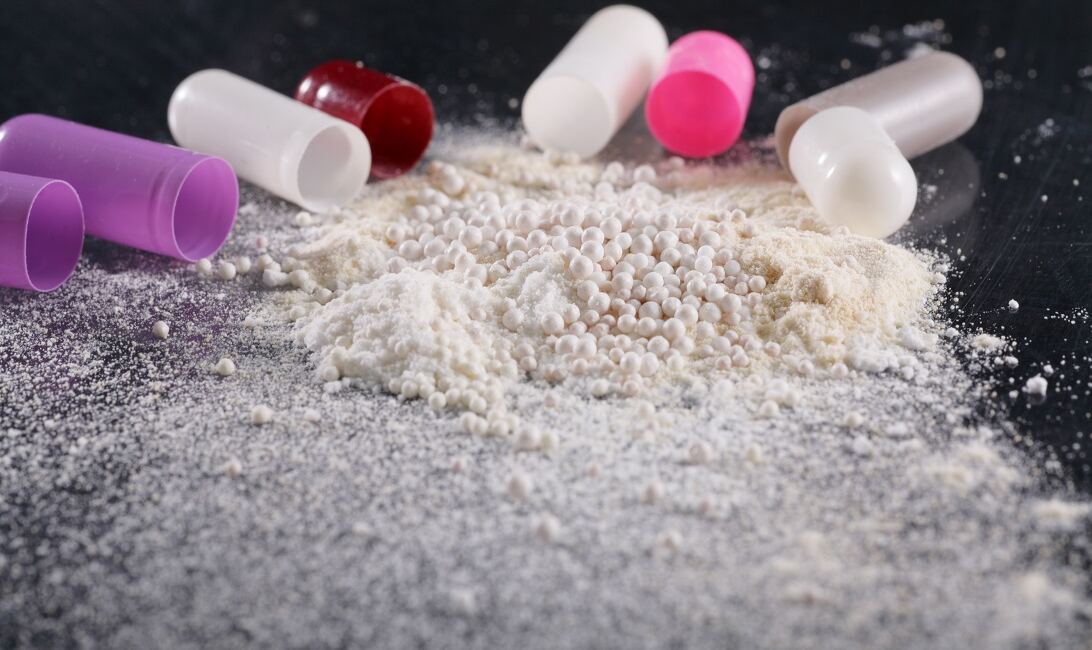Technological advances in drug research and development provide us with increasingly effective medicines that can be taken in correspondingly lower doses, yet still achieving longer term medicinal effects. While these advancements are of obvious benefit to patients, as they will receive fewer treatments with the added advantage of longer term health benefits and fewer side effects, these benefits to the patient can result in an increased risk to scientists. Studies over recent years within the pharmaceutical industry have shown that the development of increasingly effective drug formulations means that scientists are working with drug compounds that can exert pharmacological effects at very low levels of exposure, often down to nanogram quantities. This means that a scientist can be working with a very small physical quantity of drug compound, while still being at a high risk of over exposure to that compound.
Airborne particulates less than 10 μm in size are released when manipulating drug powders, and particles of this size are not visible to the naked eye. These particulates however, upon inhalation are small enough to reach deep inside the alveolar regions of the lung where the drug is very quickly and effectively absorbed into the blood stream.
In addition to the airborne contamination route, there are two other exposure routes (other than digestion). Skin contact with active drug, particularly in the presence of organic solvents which will enhance dermal absorption into the bloodstream. Similarly, inadvertent contact of the mucous membranes with compound residues will quickly introduce active drug into the blood stream. Advancements in air monitoring instrumentation and analytical detection techniques mean that airborne contamination levels present during drug manipulation processes in the laboratory can be measured very accurately providing Safety Managers and Occupational Hygienists with valuable exposure data.
With this increased knowledge and capability to monitor occupational exposure(s), new challenges arise as these same Occupational Hygienists and Safety Managers decide which control measures to employ to provide the scientist with both a safe working environment, and one which does not restrict the way in which they will most efficiently carry out their work.
The purpose of this series of articles is to provide some clear guidelines within which Occupational Hygienists, Safety Managers, Facilities Managers, Laboratory Managers and Scientists can work to provide effective safety controls. Such controls will reduce the potential for exposure to hazardous materials, including active pharmaceutical ingredients, in the laboratory environment.
Follow CTS posts on the subject of Laboratory Safety. The guidance given on this blog is based in part on industry experience from CTS in the supply of containment systems to the Pharmaceutical Laboratory.

